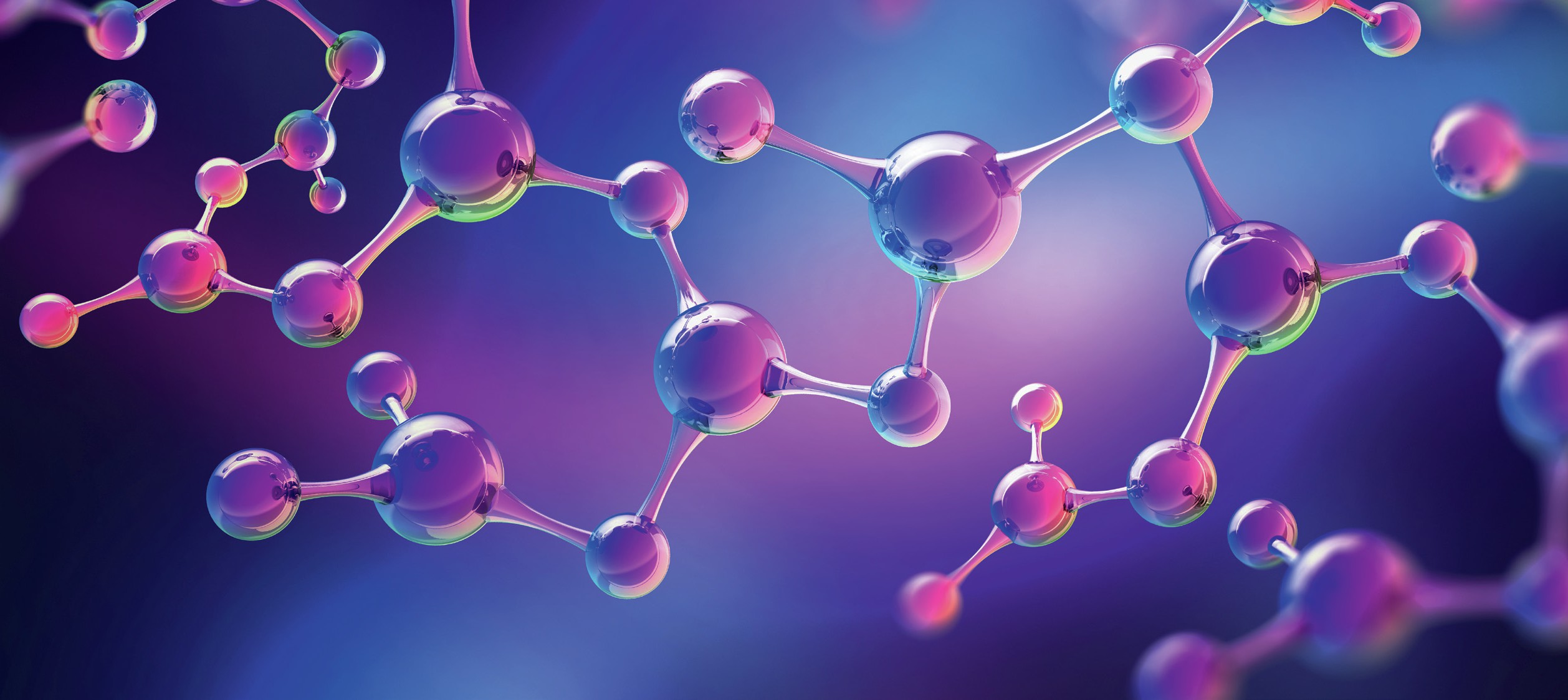
Isomerism is an important facet of organic chemistry and can take several forms (see CHEMISTRY REVIEW, Vol. 7, No. 3, p. 18 and Vol. 10, No. 3, pp. 2–4).
Structural isomerism, exemplified by butane and methylpropane, involves a different sequence of connections between atoms in molecules that have the same molecular formula (i.e. a formula that lists all the atoms present in a molecule and their relative number without giving any indication of how they are connected together). In contrast, stereoisomers have the same functional groups, with their atoms connected in the same sequence, but they differ in the three-dimensional orientation of these atoms or groups in space. Stereoisomerism can take the form of E/Z isomerism (sometimes called geometric isomerism, see CHEMISTRY REVIEW, Vol. 23, No. 2, p. 31) or optical isomerism (chirality, pp. 18–23 and CHEMISTRY REVIEW, Vol. 10, No. 3, pp. 6–9).
Your organisation does not have access to this article.
Sign up today to give your students the edge they need to achieve their best grades with subject expertise
Subscribe




